General Information


- General Information

- Travel




South Korea has a unique geographical feature surrounded by the sea on three sides. With Seoul as the capital, the mainland is approximately 1,030km long and 175km wide at its narrowest point, with a total land area of 100,033㎢. The terrain consists mostly of mountainous areas, with more than half of the country covered by mountains, and typical mountains include Mt. Halla, Mt. Seorak, and Mt. Taebaek. In addition, South Korea has a relatively temperate climate with four distinct seasons, attracting a lot of tourists. South Korea is well positioned to expand into continents and oceans, as it is connected by continents in the north and oceans in the south. With its Pacific Ocean border, these geographical conditions have a great influence on Korea's climate, economy, and culture, with convenient exchange of materials and culture with many countries around the world, including China and Japan.

Korea is located within a single time zone. Korea Standard Time (KST) is Greenwich Mean Time +9 hours (UTC+9). Korea does not observe daylight saving time.
The standard electricity supply in Korea is 220 volts, AC/60 cycles. Most hotels in Korea have both 110- and 220-volt outlets. Also, an outlet converter will be available in each room. USB and USB-C plugs are commonly available and easily purchased at convenience stores.
The official currency of the Republic of Korea is the Korean won (KRW). Paper currency is available in denominations of 1,000, 5,000, 10,000, and 50,000 won bills. Coins are available in 1, 5, 10, 100, and 500 won denominations (1 and 5 won coins are not commonly used). Please click here for more information from the official website of the Bank of Korea. https://www.bok.or.kr/eng/main/contents.do?menuNo=400112
Major credit cards, such as Visa, Master Card, American Express, and Diners Club, are all widely accepted by merchants and businesses in Korea.
To make an international call from Korea, dial the international service provider number, country code, area code, and phone number.
International service provider prefixes: 001, 002, 005, 008, 00700. Mobile phone roaming/rental, SIM card purchase, and Wi-Fi router rentals are all available at Incheon International Airport in the Arrival Hall on the first floor.
Police: 112
Fire / Ambulance: 119
Medical Emergencies (COVID-19, etc.): 1339
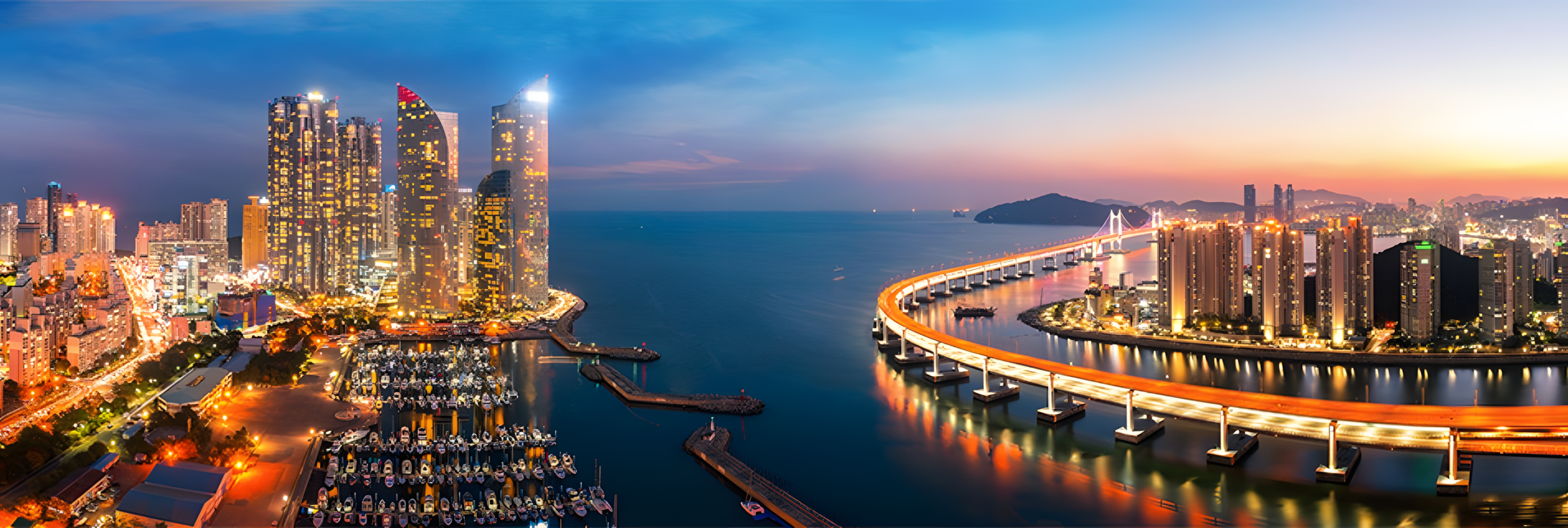
Busan, a bustling city of approximately 3.3 million residents, is located on the southeastern tip of the Korean peninsula. The size of Busan is 769.89km² which is only 0.8% of the whole landmass of the Korean Peninsula. The natural environment of Busan is a harmonious relationship of mountains, rivers and sea. Its geography includes a coastline featuring superb beaches and scenic cliffs and mountains which provide excellent hiking and extraordinary views with hot springs scattered throughout the city. Busan enjoys four distinct seasons and a temperate climate that never gets too hot or too cold.
Busan is the second largest city and the first international port city in Korea. Its deep harbor and gentle tides have allowed it to grow into the largest container handling port in the country and the fifth largest in the world, handling more than 80% of Korea's container traffic. In addition, it is located at the end of the Eurasian continent and serves as the main gateway to the Korean Peninsula and Northeast Asia as a whole.
The city's natural endowments and rich history have resulted in Busan's increasing reputation as a world-class city for tourism and culture, as well as also becoming renowned as a hot spot destination for international conventions. With the completion of the Busan Exhibition and Convention Center (BEXCO) On May 2001, Busan marked the beginning of its journey as an international conference city. Since then, it has successfully hosted various events, including the Special ASEAN-Republic of Korea Commemorative Summit in December 2014, the Annual Meeting of the African Development Bank (AfDB) in April 2018, the Busan World Magic Championship in July 2018, the Special ASEAN-Republic of Korea Commemorative Summit and the 1st ASEAN-Mekong Summit in November 2019, and the International Diabetes Federation Congress in December 2019. These successful events have solidified Busan's image and brand as an international conference city, establishing it as a key city in Northeast Asia for the 21st century, going beyond its role within Korea.
Through these efforts, Busan is striving to become the leading international conference city in South Korea by 2030, aiming to attract the first domestic registered World-Expo.
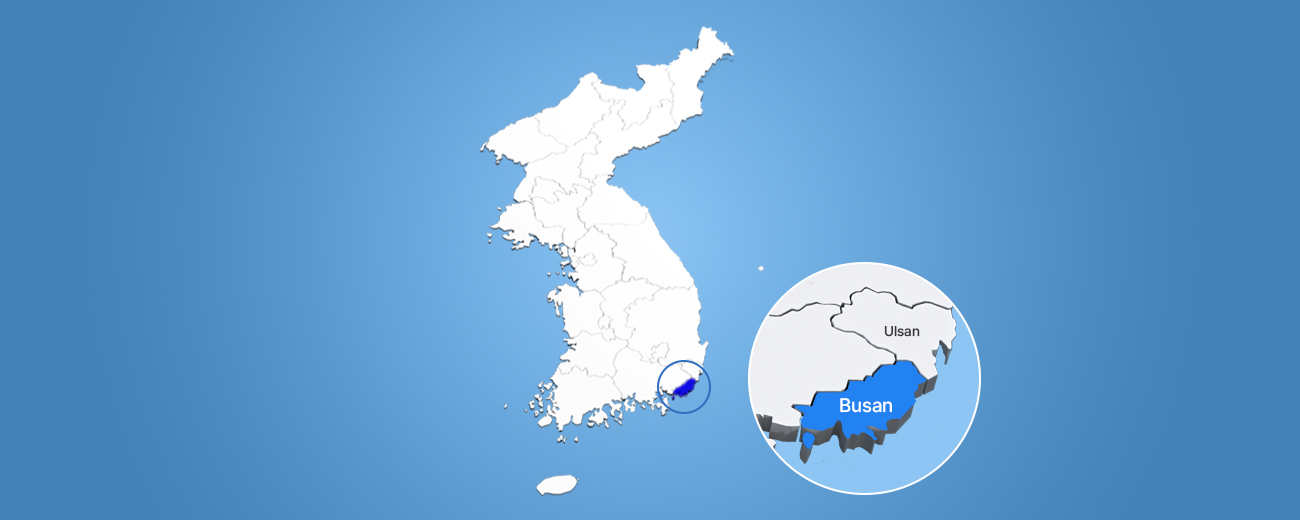
Geographically, Busan has the Straits of Korea to its south; Ulsan to the north; and Gimhae to the west. Cities that share a similar latitude with Busan include Jinhae and Gwangju in Korea, as well as Tokyo, Algiers and Oklahoma City internationally. Busan is 9 hours ahead of GMT. As for its geopolitical location, the city is located at the southern tip of a strip that connects Asia, Siberia and Europe. It also serves as a main gateway to the Pacific Ocean. This strategic location places the city at the center of international sea transportation.
Busan is located at the southeastern most tip of the Korean peninsula in a mid-latitude temperate zone with seasonal winds. It has four seasons: spring, summer, fall and winter. Compared to regions in the north and farther inland, Busan has a mild climate and is consequently frequented by many tourists throughout the year, all of whom hope to take advantage of the city’s nice weather and beautiful scenery.
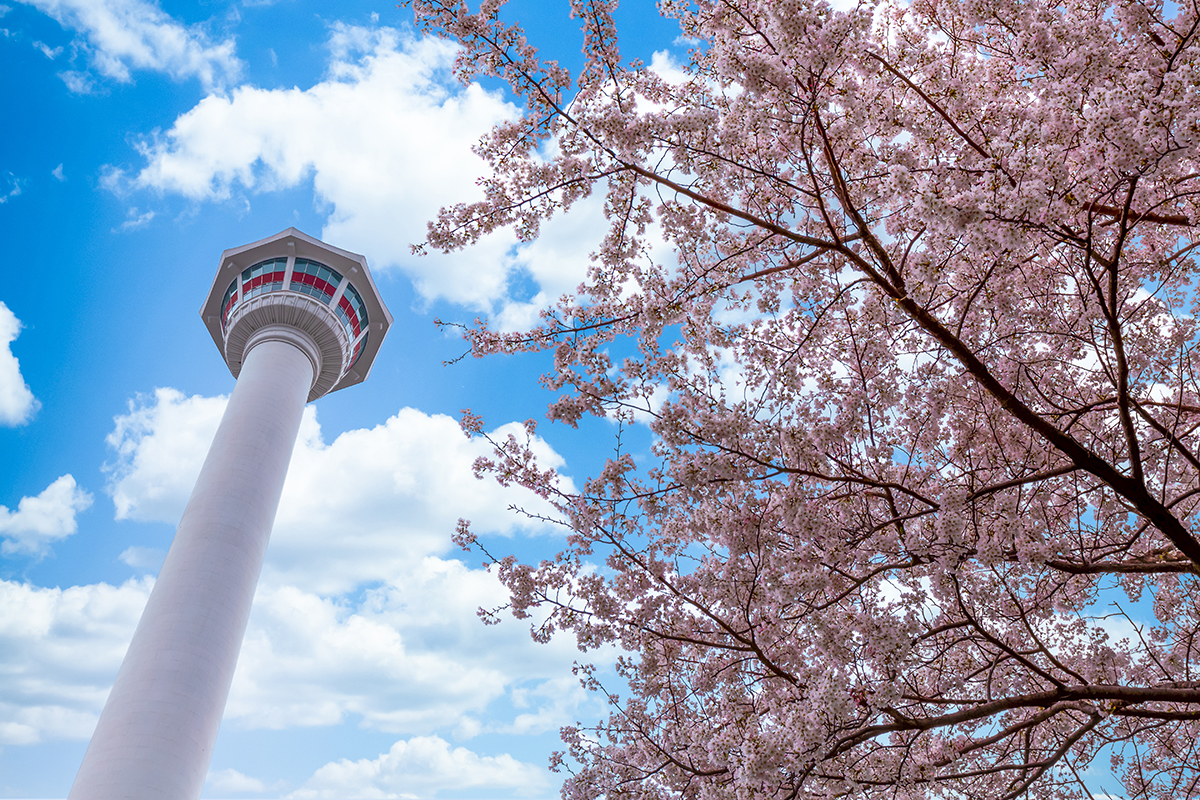
Spring begins in early March and ends in late-June. As the Siberian High begins to dissipate, the temperature increases. Busan possesses an average temperature of 14.9℃ which is higher than some neighboring cities like Ulsan and Tongyeong. However, due to a strong spring wind (average 4.4m/s), the heat index remains very low which can sometimes make for a cool beginning to the season.In late March, apricot flowers and dandelions begin to bloom while in April, peach blossoms, swallows and frogs can be seen. Daily temperature ranges can vary widely and severe stretches of abnormally dry weather, periods of yellow dust and late frosts also commonly occur during the spring months.
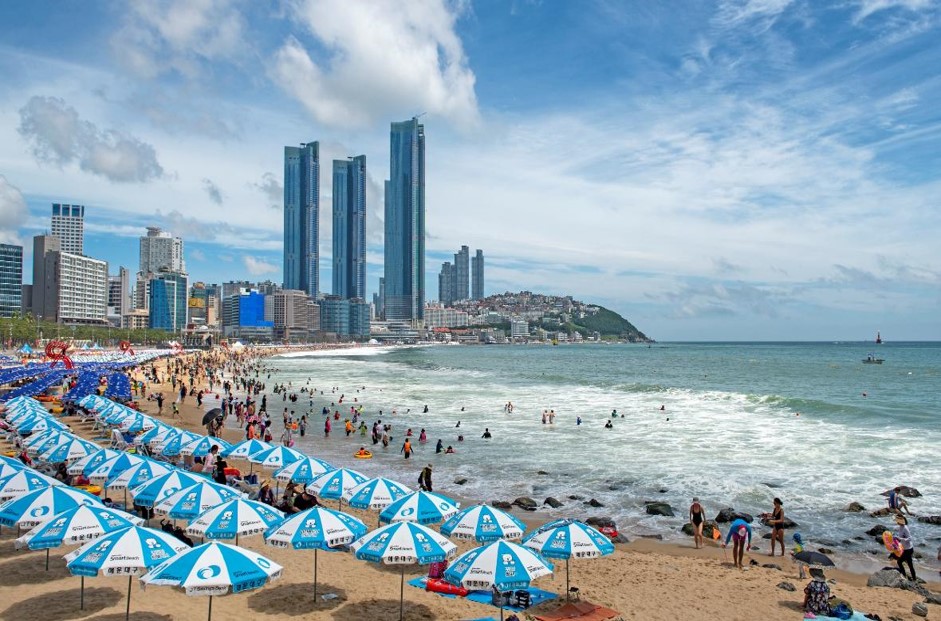
Summer starts at the end of June and ends in early September. The rainy season starts the end of June and lasts until the beginning of August. Precipitation during the summer months accounts for 50 to 60 percent of the total for the year.The average temperature in July is 23.9℃ and daily temperature ranges are very small at 5.3℃. Summer highs hit their peak at the end of July through mid-August when temperatures climb to 32°C. The city also experiences many tropical nights during this time as nighttime temperatures hover around 25℃.
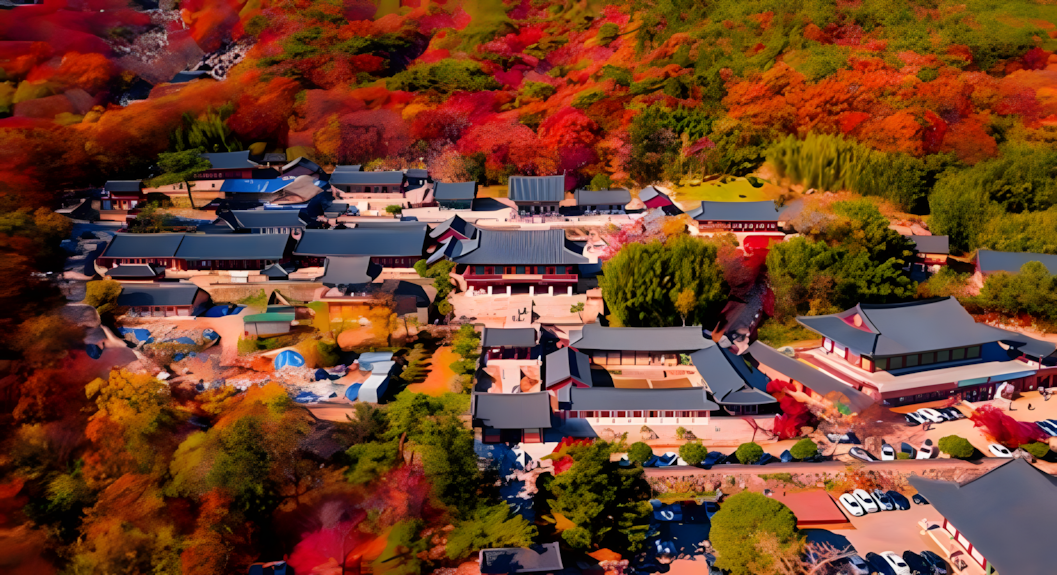
Fall begins in early September and lasts through late November. Continental high pressure brings nice clear weather to the Busan area. In September, due to changing weather patterns, nighttime and morning lows both start to fall, with the average temperature for the month hitting 21.8℃ and 17℃ in October. From November, the temperature starts to drop suddenly due to strong, cold northwesterly seasonal winds.
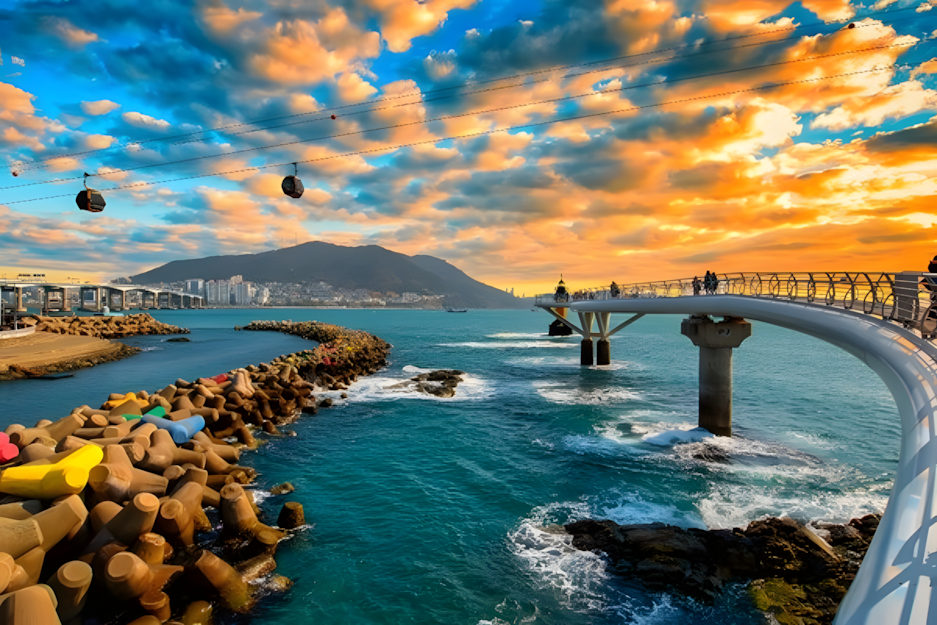
Winter runs from the end of November and continues until the end of February with an average temperature of 3.8°C. Rising amounts of cold air over Siberia force bitter cold northwesterly monsoons down on the peninsula resulting in temperatures below the freezing mark. Due to changing local weather patterns, Busan will typically experience three cold days followed by four warm days throughout the winter months.Busan has the mildest weather in Korea after Jeju Island as it has the second lowest number of days when the daily minimum temperature falls below zero at 53.
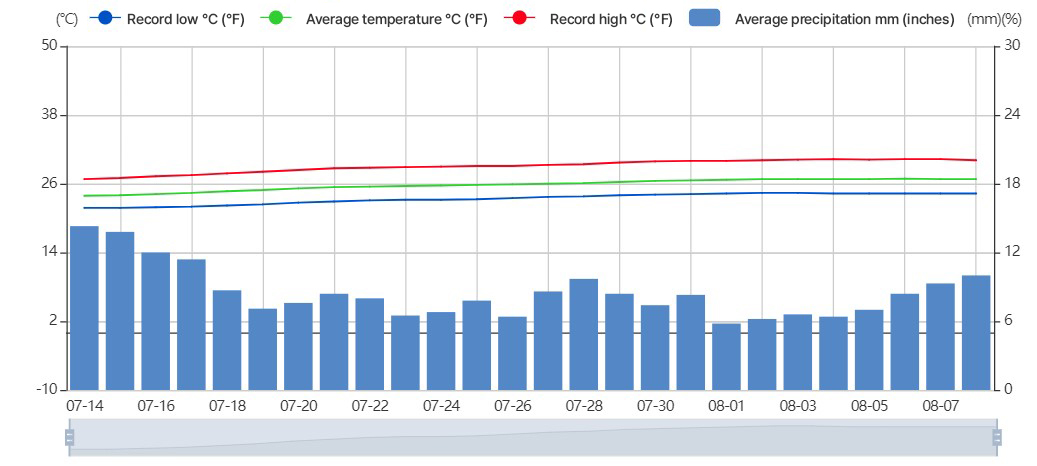

Combined with the stunning scenery surrounding thenational best beach and Korea's hottest place to be during the summer months.

Many poets spent their time searching for the beautiful scenery of the place, where the sea and forests were mixed and recited the excitement to posterity.
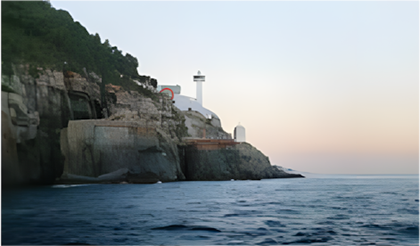
The name comes from the fact that King Taejong Muyol of the Shilla Dynasty was infatuated with this magnificent scenery and made frequent visits.

The romance of the beach and the beautiful natural scenery and mysterious blend of one trillion lightening. After the session is over, you can walk along with this beautiful beach since the beach is near from the Venue.

It features endless stretches of sea, Oryukdo island, Hwangryeongsan Mountain and white sand beach, Dongbaek Island and Dalmaji Hill. The night view, directed by the high-tech lighting system, leads many tourists.
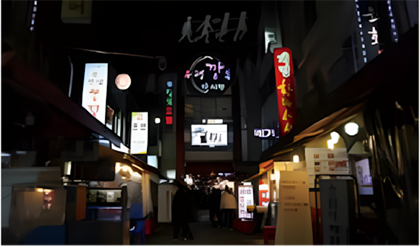
It is a traditional market located in the center of Busan. The night market, which opened in 2013 for the first time in Korea, has been highly acclaimed as it offers a variety of traditional foods and foods from around the world.

An ideal place for learning the history of the Joseon Tongsinsa, good will missions sent intermittently by the Joseon Dynasty of Korea to Japan about 12 times after the Imjin War.
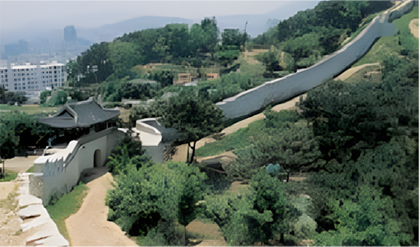
The site of the ferocious battle that look place in the early stage of the Imjin War (Japanese Invasion of Korea in 1592.
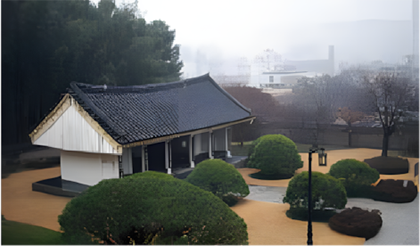
This shrine is dedicated to those patriotic Korean fighters who died resisting the Japanese aggressors during the Japanese Invasion of Korea (1592-1598).

The museum houses artifacts that tell the history and culture of Busan from prehistoric times to modern times. You can experience Korean Traditional tea ceremony here.

The only one of its kind in the world, rest heroic brave soldiers from a number of UN nations, who sacrificed their lives for world peace and freedom.

It was open in 1984 to instill pride to the citizens of Busan who bore the duty as a provisional capital during the national crisis and also to commemorate the stature and historical importance of Busan.

This village started in the 1950s as a difficult place to live for refugees of 6.25 War. Now completely transformed thanks to "Art Factory" public projects, the once deserted houses and alleys around this area have been reborn as cultural arts spaces such as a town history gallery, book cafe, and so on.
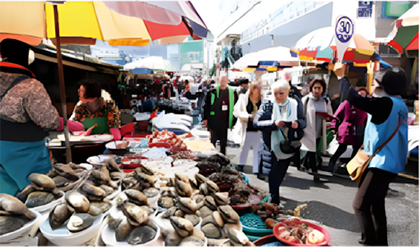
Jagalchi is full of the warmth of character unique to Busan. The largest fish market in the Southeast region, Jagalchi Market sells a full range of marine products including fresh catches of fish and good quality dried fish at reasonable prices.
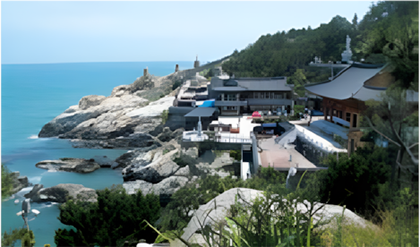
The Yonggung temple is situated near the sea unlike other temples located in mountains, therefore it's quite reasonable to call this temple an aquatic Buddhist sanctum.

The busiest part of Busan. There are cafes, bars, and cheap and delicious restaurants, and young people are always on their way. In addition, there are many entertainment facilities such as nightclubs, arcades, and theaters where you can enjoy your leisure time.
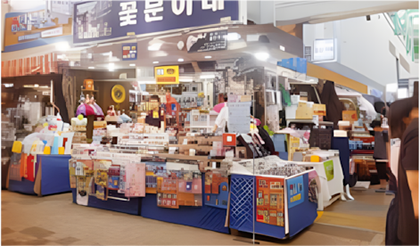
The market was formed in 1945 when the Japanese withdrew from the country and used their place in the international market to earn money by selling war supplies.

The tower, constructed in 1973, is Korea's first observatory. It is a tower that represents Busan and is located inside Yongdusan Park.

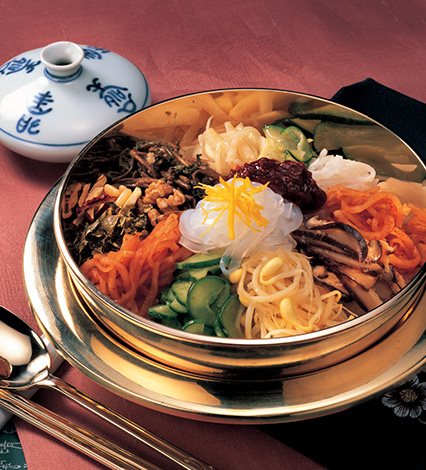
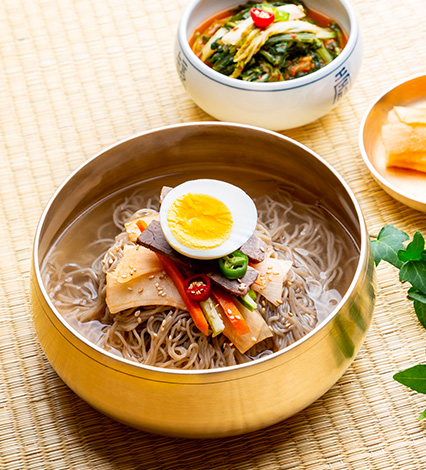
You are so lucky to be able to taste Korean food. Representative Korean foods include bibimbap and bulgogi, and representative foods in Busan include pork soup and wheat noodles. Meet many kinds of food and find your favorite food.